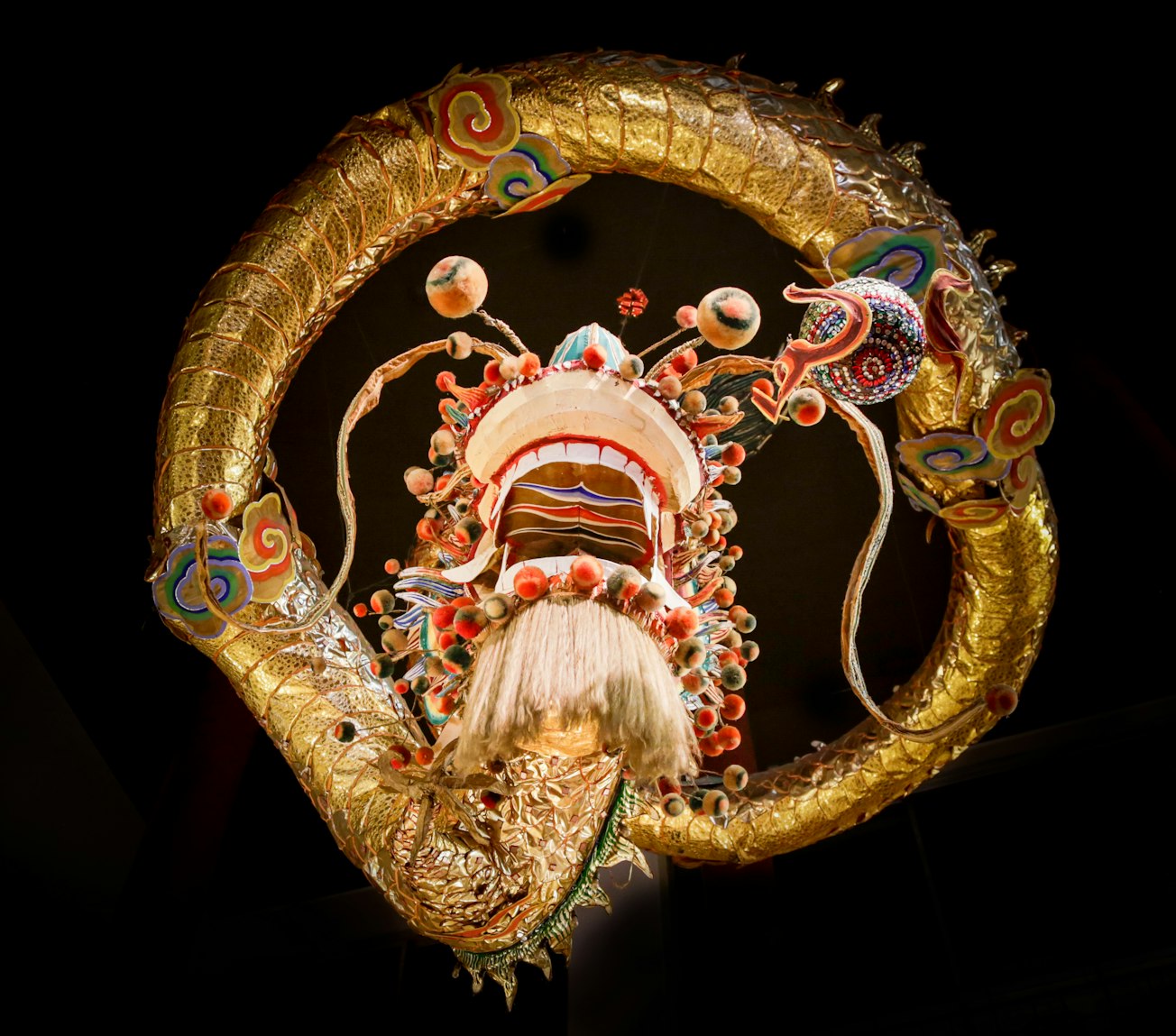What is it about?
The present study is a cross-cultural comparison of typical dreams among Naxi and Han Chinese dreamers. The research is based on 369 interviews (174 Naxi and 195 Han Chinese) combined with responses to the Typical Dreams Questionnaire. The results indicate that while dream themes are universal and reproducible, their frequency and significance are influenced by cultural tradition, geographical environment and other factors. In addition, Naxi women were found to remember their dreams more often than Naxi men do, and Naxi people appear to recall their dreams more often than Han people do. Among the themes that Naxi people dream of, “snakes” figured most frequently, while other dream themes, such as “falling” and “a dead person is alive” ranked highly among both Naxi and Han participants, which is consistent with other studies. However, this study found that “eating delicious foods” ranked higher among both groups of participants, which may be influenced by Chinese cultural traditions and customs. Overall, the conclusions of this study suggest that we should understand dreams from three levels: the individual unconscious, the cultural unconscious, and the collective unconscious. This means that the clinical work of psychological counselling in particular should not only work on the basis of individual experience, but also at the level of cultural archetypes and the cultural unconscious.
Featured Image

Photo by Gustavo Miranda on Unsplash
Why is it important?
Although the analysis of the dream theme data revealed some differences, this study found that the content of Naxi dreams is similar to that of the Han ethnic group. These results indicate that typical dream themes transcend cultural boundaries, and people of different nationalities and regions have similar dreams, such as falling and being chased. Perhaps this implies a universal cross-cultural symbol or a basic biological explanation for some dream themes; that is to say, the collective unconscious structure of human beings is similar. At the same time, the differences in the dream themes between Naxi and Han ethnic groups suggest that the content of dreams may be influenced by different cultural and geographical factors; that is, the content of dreams is influenced by personal unconsciousness and cultural unconsciousness. This has important implications for our clinical practice of psychological counselling. Research into dreams must consider three levels at the same time. According to Stevens, the understanding of dreams should interact, cross, and overlap at three levels: individual unconsciousness, cultural unconsciousness, and collective unconsciousness (Stevens, 2015, pp.58-59). In addition, some dream themes such as being nude, lunatic or insane people, and someone having an abortion are rare in both Western and Asian cultures (Schredl et al., 2004). In future research, therefore, we may try to revise the questionnaire according to the responses given in this study to item 55, Other, and combine it with more in-depth interview research. In addition, more in-depth research can be conducted on the most common themes in a certain culture. For example, the theme of snake of the Naxi ethnic group has the highest frequency in this study, and the snake is also one of the 12 Chinese zodiac animals (the Chinese zodiac animals still have a profound influence on the Chinese people). In the future, more in-depth research can be conducted on the theme of animal images in combination with clinical work.
Perspectives
Since ancient times, the nature, content, and significance of dreams has captivated people worldwide. Indeed, pre-literate humans across many cultures first began recording their dreams in pictorial form, which eventually led dream interpretation to play an important role in the spiritual activities of humans. Every known society of human beings has its own theories, customs and methods for interpreting dreams, all of which possess their own inherent coherence (Stevens, 2015, pp.10-11). Presently, there exists a solid foundation and effective methods for studying dreams, including: free association, metaphorical analysis, thematic analysis, content analysis and structural analysis.
Yiqing He
Read the Original
This page is a summary of: A cross-cultural comparison of typical dreams among Naxi and Han Chinese dreamers., Dreaming, March 2022, American Psychological Association (APA),
DOI: 10.1037/drm0000196.
You can read the full text:
Resources
Contributors
The following have contributed to this page










